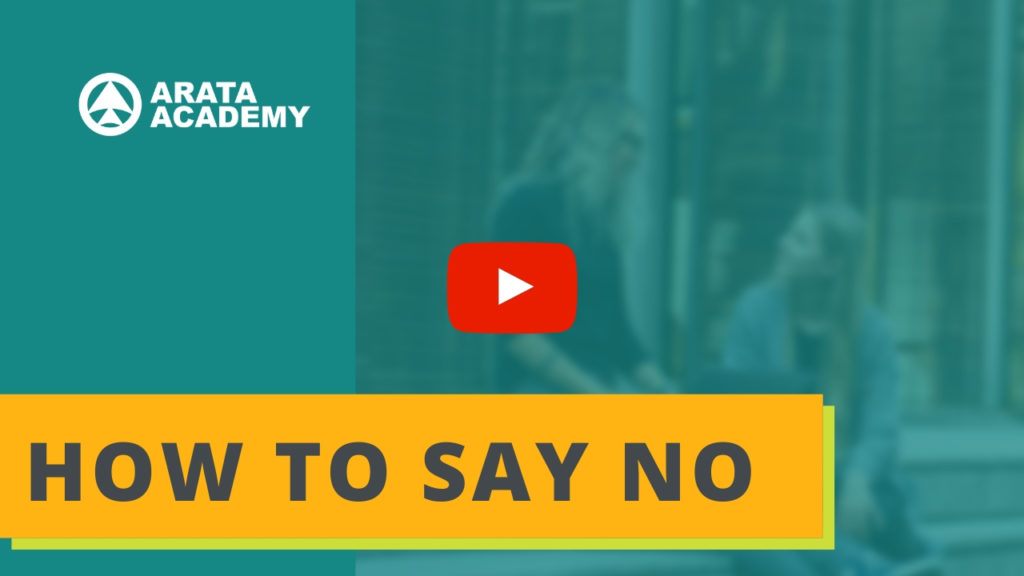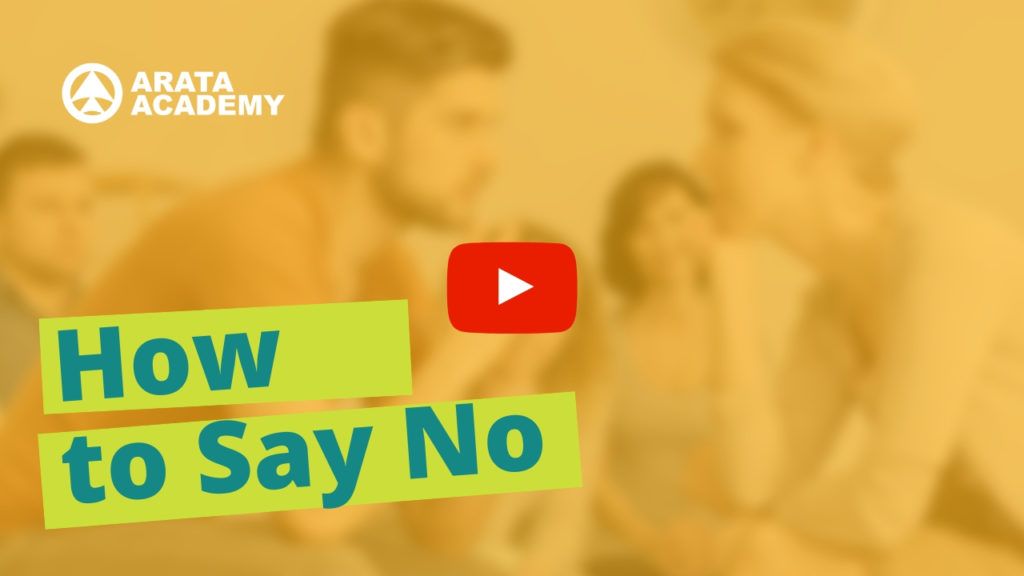Productivity Arata! Have you noticed that when you are walking around and see an ambulance or a fire truck, the words written on them are spelt backwards? Why is that?
The message is especially oriented so that the words “fire” or “ambulance” can be clearly read by drivers who are also on the street, in front of those vehicles, when they look through the rearview mirror. That’s for them to give way.
Therefore, the message is written in a special way to make it easier to be read when it reflects on the mirror.
In order for the police or the fire brigade to arrive quickly where they need to, it’s not very important that pedestrians are able to read the message. The message is aimed at the drivers ahead of them.
The language has been tailored for a specific audience, to meet a specific need.
1. Adapt your communication.
So the first question I’ll leave you in this video on how to communicate better with people is: what have you been doing to adapt your message to be easily understood by the person you want to communicate with?
Do you talk the same way in all situations? Do you use a more technical language when dealing with professionals? Do you speak more gently when you are with that insecure person? Do you gulp back your anger when you talk to a ruder person?
2. First understand. Only then try to be understood.
This tip is especially important if your main complaint is that people around you don’t understand you. If you don’t make an effort to first try to understand others, you can be absolutely sure that they won’t have the slightest interest in trying to understand you.
Most people don’t know how to truly listen. They are just quiet, lost in their own thoughts, waiting for the other person to finish talking so that they can say what they are thinking.
If you are just waiting for your turn to speak and preparing what you are going to say next, you’re not listening.
If you are only listening with intend to find gaps in the other person’s argument, to be able to talk back, you are not listening.
You’re not listening when you say:
– Oh, I know exactly what you are going through, let me tell you what you can do in that situation…
… then you begin to give an advice that the other person hasn’t asked for.
You’re not listening when you let out the famous “okay, BUT”.
Stop projecting your ideas onto others. You’re just driving people away by acting that way.
3. Don’t be annoying.
What is an annoying person? That irritating person on a party who keeps on talking endlessly and never listens to anyone. The person who talks your ears off. The worst of all is that annoying person who always say the same things. Nobody wants to be close to them.
If you do not want to be that kind of annoying person you must have a minimum of curiosity.
Ask people questions. And when they finally start talking, genuinely listen to them.
Don’t play with your mobile phone. Don’t think of what kind of advice you have to offer them. Just pay genuine attention to what is being said. Show interest in knowing more.
4. Don’t be judgmental.
Even if the other person has asked your opinion, you can only give a useful opinion after you have understood what they are saying.
Imagine that you go see a doctor and they suddenly give you a prescription for some random medicine without even listening to what your symptoms are. No one can prescribe a treatment before reaching a diagnosis.
This means that you need to improve your listening to be a better communicator.
5. Increase the quality of your listening.
There are five ways to listen. [Source: http://arata.se/nsui]
(Ii) You may be ignoring the other person. That is, you aren’t listening to them at all.
(ii) The next level is to pretend that you’re listening, saying “yes”, “I see”.
(iii) Then you may be selectively listening, or just listening to some parts of the conversation that are of interest. When the conversation isn’t interesting, you allow your mind trip away, thinking of other things.
(iv) There’s also the attentive listening level. In other words, you are paying attention, you’re putting energy and concentration into understanding the words that are being said, the context, what isn’t being said, the emotions, the tone, and you’re really trying to understand the person.
(v) Finally, the fifth listening level, which very few people achieve, is listening with empathy. That is far more intense than using active listening techniques. The wrong active listening is one where there’s only a mechanical repetition of what the other person is saying. The problem of poor active listening is that it may seem false, it may seem that you are just following a certain robotic script with the intention of manipulating and controlling the other person.
Empathic listening, on the other hand, happens when you really have the intention to understand. It’s not a technique. It’s a state of being, it is a philosophy for life. First you will understand and then you will try to be understood.
6. If you try to manipulate, you will fail.
If you make the mistake that many people make of searching for manipulation techniques, for mental triggers and other nonsense to manipulate other people, you will fail, you will shoot yourself in the foot.
That may work at first. However, as soon as the other person realises that you are planning on using manipulation techniques, you can be sure that they will shut themselves off immediately. They may never want to have a legit relationship with you again. They will always be defensive because now they know that your intention is to manipulate them.
Listening first is not a way of manipulating. It’s a way of showing respect.
The need to be understood is fundamental to humans. The person who decides to communicate with you has got a great need of being understood. If you ignore that need and begin to throw your ideas on them, things that you have to say, your advice or whatever, you are dealing with a person who hasn’t got the necessary elements to be able to understand you.
This is kindness, empathy, it means that you will first understand that the other person needs to be understood, reassured, validated, appreciated. Only after fulfilling that vital need you two will be able to effectively communicate.
To be able to better communicate with people, you need to know how to listen. We have some training material about that within our course on communication that you can check on this link here – in the course “How to Say No” you will learn different resources to achieve more clarity in your communication.

